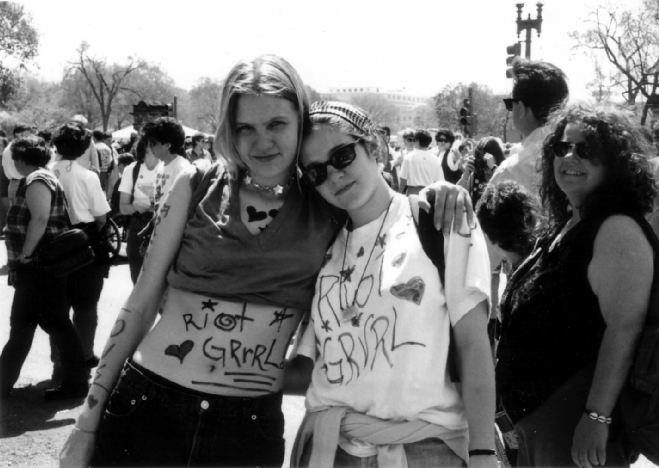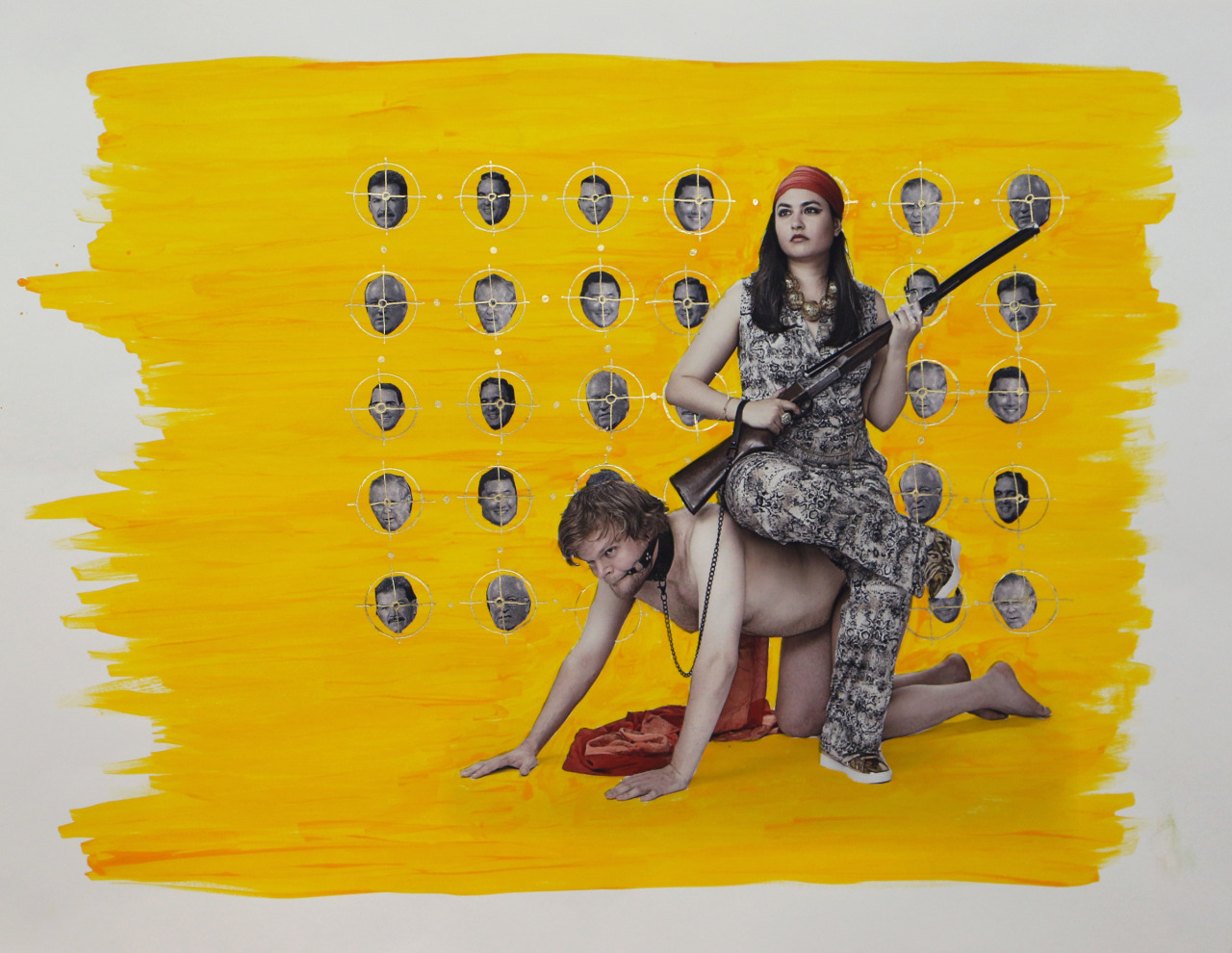This issue of Lateral examines the means by which performances happen at a variety of scales of cultural production and circulation, from the street to the living room to the border; from a cellphone to the theatrical stage to the art gallery; from public discourse in policy debates to the global circulation of performances of blackness, alterity, and power. Trends across these various means are thus particularly illuminating for the study of culture; performance can give us insight into aspects of culture more broadly and with great ability to account for differences and dynamics of power.
Issue 4 (2015) — Performance: Circulations and Relations
This special issue examines the means by which performances happen at a variety of scales of cultural production and circulation, from the street to the living room to the border; from a cellphone to the theatrical stage to the art gallery; from public discourse in policy debates to the global circulation of performances of blackness, alterity, and power. Trends across these various means are thus particularly illuminating for the study of culture; performance can give us insight into aspects of culture more broadly and with great ability to account for differences and dynamics of power.
Live from the Nebulizer: Annie Lanzillotto and Eviction Survival
Hillary Miller takes up theories of the city, illness, and precarity via a variety of performances by New Yorker Annie Lanzillotto. Miller argues that as she struggles with survival and eviction in the city, Lanzillotto reveals the bodily and economic limits of the precarious artist while protesting the inequities of the neoliberal city. Through this unique and eloquent study, Miller exposes how neoliberalism acutely and chronically structures the contemporary city’s spaces, socialities, and bodies, and explores performance’s potential and complicity in the face of those structures.
I Can Sell My Body If I Wanna: Riot Grrrl Body Writing and Performing Shameless Feminist Resistance
Leah Perry presents a feminist history of Riot Grrrl and Kathleen Hanna in order to explore the hope and the limits of an individualist revolution in the 1990s. Perry takes on the performance of shamelessness, embodied in Hanna’s songs as well as through bodywriting, sex work, zine production, and other aspects of the riot grrrl movement. Ultimately Perry exposes the position of these performances: they are alternative youth culture for certain subjects which both work against and from within the structures of neoliberalism. Perry concludes that shamelessness might remain a promising space for an urgent anti-racist, feminist politics, if it can work to destabilize power and center women from oppressed groups.
Queer Provisionality: Mapping the Generative Failures of the Transborder Immigrant Tool
Alison Reed investigates the border- and boundary-crossing performance of Electronic Disturbance Theater 2.0’sTransBorder Immigrant Tool (TBT), an incomplete cell phone program that offers GPS, guidance, and poetry to those attempting to cross into the United States across the Mexico/US border. Reed suggests a provocation-based performance of “queer provisionality,” revealing the aesthetics of oppressive power structures by juxtaposing them to social utopias. Interrogating the national neoliberal project of both US liberalism and US conservatism, Reed’s essay is also a transcription of the performances launched around TBT, the social and political machinery set into motion by Electronic Disturbance Theater’s failed utopian project.
Neoliberal Aesthetics: 250 cm Line Tattooed on 6 Paid People
Eunsong Kim challenges existing literature on Spanish artist Santiago Sierra, articulating Sierra’s neoliberal aesthetics as part of a process of managing the imagination of finance capitalism. By situating Sierra’s performance art as a performance of terror, Kim argues that Sierra does not just collaterally reproduce capitalist power relations, but coldly and calculatedly exploits and violates the bodies of the working poor, particularly people of color, for his own profit and for the viewing pleasure of his wealthy audiences. Kim fiercely critiques the ways Sierra profits from his use of Marxist discourse and appeals to political action. In doing so, Kim challenges scholars and artists to embrace the position of laborers and take up Black Radicalism against artistic instantiations of capitalism.
Other People’s Cabins: German Inversions of Onkel Tom’s Hütte
Kristin Moriah’s essay is rooted in extensive archival work in the US and Germany, examining the transatlantic circulation of Uncle Tom’s Cabin through markets of performance and literature in and between Germany and the United States. The essay follows the performative tropes of Uncle Tom’s Cabin from its originary political resonances to the present-day restaurants, train-stops, and housing projects named for the novel. Moriah reveals how the figurations of blackness arising from these texts are foundational to the construction of Germanness and American-German relations in the early 20th century and beyond.
Vibration: Objects Performing Violence, Queerness, and Transcendence / Dick Hungry Whore
Sheila Malone’s work is both digital art piece and critical essay, which explores the queerness of vibrating machines in light of both recent scholarship on objects and materiality and the author’s own work as a performance artist. Malone’s art cuts across and questions the divides between highbrow and lowbrow, permanence and ephemerality, the G-rated and the X-rated. The digital installation and accompanying essay understand the space of inbetweenness as a potential site for queer interventions into existing material orders.
Paper Bag Explosions: A Theory of Becoming from Zora Neale Hurston to Frantz Fanon
Jade E. Davis embraces Lateral’s digital publishing platform in what is described as a “found media journey” informed by the theoretical works of Zora Neale Hurston’s “How I Became Colored Me” and Frantz Fanon’s Black Skin, White Masks. Davis intertwines these pieces, integrating and overlaying them with sound, static pictures, and live imagery to disrupt the act of reading and to raise questions related to “the performative role of translation” in light of the often difficult relations and circulations of blackness, gender, and language.







